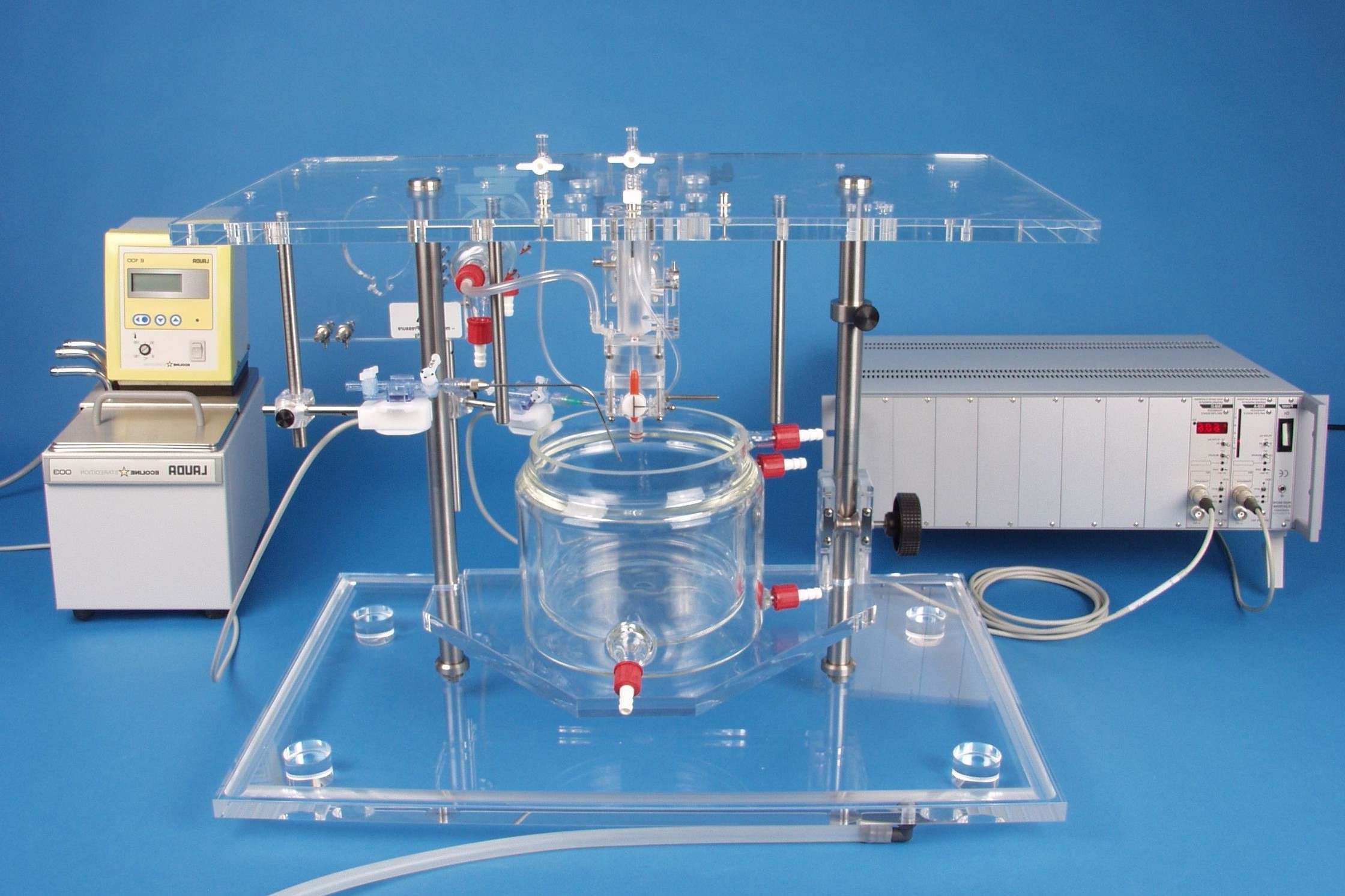
Isolated organ perfusion systems are fascinating medical devices that allow doctors to treat specific organs outside the body. These systems are used in research and clinical settings to study organ function, test new drugs, and even treat diseases. By isolating an organ, doctors can provide targeted therapies without affecting the rest of the body. This technique has been particularly useful in cancer treatment, where high doses of chemotherapy can be delivered directly to a tumor. Isolated organ perfusion also helps in organ transplantation, ensuring the organ remains viable until it can be transplanted. Curious about how these systems work and their impact on modern medicine? Keep reading to uncover 30 intriguing facts about isolated organ perfusion systems!
What is an Isolated Organ Perfusion System?
An isolated organ perfusion system is a medical technique used to supply blood or a blood substitute to an organ outside the body. This method is crucial for organ preservation, research, and certain treatments. Here are some fascinating facts about this innovative system.
- Isolated organ perfusion systems are primarily used in organ transplantation to keep organs viable longer.
- They allow researchers to study organ function and disease in a controlled environment.
- These systems can help deliver high doses of chemotherapy directly to an organ, minimizing side effects.
History of Isolated Organ Perfusion
The development of isolated organ perfusion systems has a rich history, marked by significant milestones and breakthroughs.
- The concept dates back to the early 20th century when scientists first experimented with perfusing animal organs.
- In the 1960s, Dr. Thomas Starzl used isolated liver perfusion in liver transplant research.
- The first successful human kidney transplant using this technique occurred in 1954.
How Does It Work?
Understanding the mechanics behind isolated organ perfusion systems can shed light on their importance and functionality.
- The system involves connecting the organ to a circuit that pumps a nutrient-rich solution through it.
- Oxygenators within the system ensure the organ receives adequate oxygen.
- Temperature control is crucial, with most systems maintaining a cold environment to slow metabolic processes.
Applications in Medicine
Isolated organ perfusion systems have diverse applications in the medical field, from transplantation to cancer treatment.
- They are used to preserve hearts, lungs, livers, and kidneys for transplantation.
- In cancer treatment, isolated limb perfusion can deliver chemotherapy directly to a tumor.
- Researchers use these systems to test new drugs on isolated organs before human trials.
Benefits of Isolated Organ Perfusion
The advantages of using isolated organ perfusion systems are numerous, impacting both patient outcomes and medical research.
- They extend the viability of donor organs, increasing the chances of successful transplants.
- Targeted chemotherapy reduces systemic toxicity, improving patient quality of life.
- Researchers can study disease mechanisms in a controlled setting, leading to better treatments.
Challenges and Limitations
Despite their benefits, isolated organ perfusion systems face several challenges and limitations.
- The technology is expensive, limiting its availability in some regions.
- Maintaining sterility is crucial to prevent infections.
- The complexity of the system requires specialized training for medical personnel.
Future Prospects
The future of isolated organ perfusion systems looks promising, with ongoing research and technological advancements.
- Advances in biotechnology may lead to more affordable and accessible systems.
- Improved preservation solutions could further extend organ viability.
- Integration with artificial intelligence could optimize perfusion parameters in real-time.
Interesting Facts
Here are some additional intriguing facts about isolated organ perfusion systems that highlight their versatility and potential.
- Some systems can keep an organ viable for up to 24 hours.
- Researchers are exploring the use of stem cells in perfusion solutions to repair damaged organs.
- Portable perfusion systems are being developed for use in remote or battlefield settings.
Real-World Examples
Real-world applications of isolated organ perfusion systems demonstrate their life-saving potential and versatility.
- In 2015, a team in Sweden successfully transplanted a uterus using this technique.
- The University of Zurich has developed a system that can keep human livers viable for up to a week.
- Isolated lung perfusion has been used to treat patients with advanced lung cancer.
Ethical Considerations
The use of isolated organ perfusion systems raises several ethical questions that need careful consideration.
- The allocation of resources for this expensive technology must be balanced with other healthcare needs.
- Informed consent is crucial, especially when using experimental treatments.
- The potential for extending organ viability raises questions about the definition of death and organ donation protocols.
Final Thoughts on Isolated Organ Perfusion Systems
Isolated organ perfusion systems are game-changers in medical research and treatment. They allow scientists to study organs in a controlled environment, leading to breakthroughs in understanding diseases and testing new drugs. These systems also offer hope for organ transplantation, potentially increasing the success rate and reducing rejection risks.
By mimicking the body's natural conditions, isolated organ perfusion systems provide invaluable insights into organ function and pathology. This technology is paving the way for more effective treatments and better patient outcomes. As research continues, the potential applications of these systems will only expand, offering new possibilities in medicine.
Understanding the importance and capabilities of isolated organ perfusion systems can inspire further advancements in medical science. These systems are not just tools; they're lifelines for future innovations in healthcare.
Was this page helpful?
Our commitment to delivering trustworthy and engaging content is at the heart of what we do. Each fact on our site is contributed by real users like you, bringing a wealth of diverse insights and information. To ensure the highest standards of accuracy and reliability, our dedicated editors meticulously review each submission. This process guarantees that the facts we share are not only fascinating but also credible. Trust in our commitment to quality and authenticity as you explore and learn with us.
